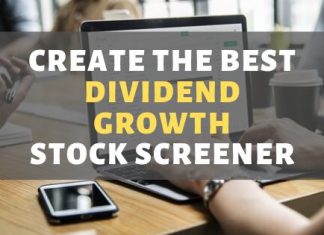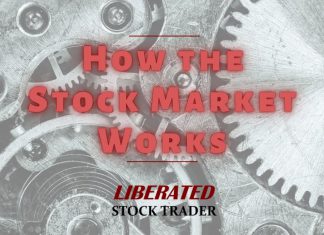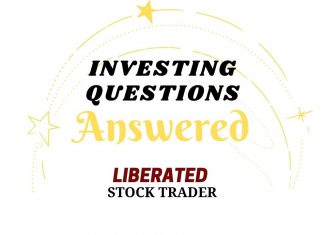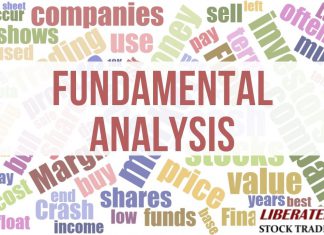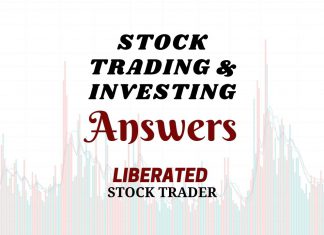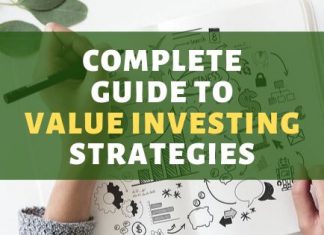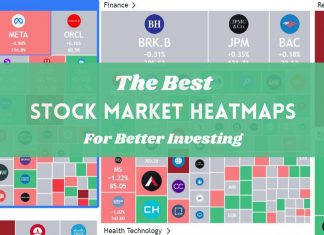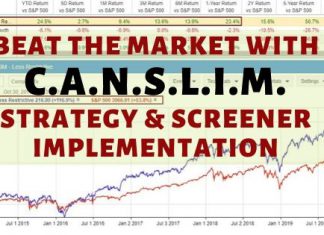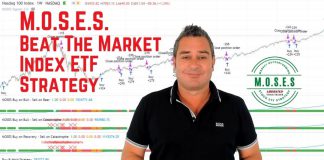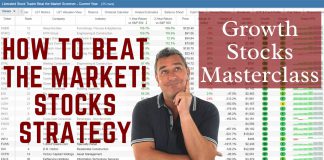Understanding the Net Profit Ratio for Better Investing
The Net Profit Ratio is a key financial ratio for better investing, telling us how efficiently a company generates profit compared to its revenue and competitors.
How to Find the Best Dividend Growth Stocks: 5 Step Strategy
To find the best dividend growth stocks, we need to screen for specific criteria. Find stocks with a 10+ year history of growing dividends, a sustainable payout ratio, 5-year sales growth over 4%, and a margin of safety greater than 0.
Reverse Stock Splits Explained & How to Profit From Them
Reverse stock splits are typically undertaken by companies seeking to boost their stock price by reducing the number of outstanding shares. Often seen as a sign of weakness, it attracts short-sellers attempting to profit from statistically proven future price declines.
Price Floors in Economics: Understanding Minimum Prices
A price floor is a government-imposed limit on how low a price can be charged for a product, service, or commodity. This is designed to ensure the price stays high enough to protect the interests of producers, often at a point above the natural market equilibrium where supply equals demand.
A Smart Investors Guide to Reading Balance Sheets
To read a balance sheet effectively, start by focusing on three main sections: assets, liabilities, and equity. Assets represent what the company owns, liabilities show what the company owes, and equity reflects its net worth.
Fixed Charge Coverage Ratio: Key Insights for Investors
FCCR is a financial metric determining how well a business can cover its fixed charges with its operating income. It is calculated by dividing Earnings Before Interest and Taxes (EBIT) by fixed charges. Fixed charges typically include expenses such as interest expense and lease payments.
Accounts Payable Turnover Ratio: Understanding Business Liquidity
The accounts payable turnover ratio quantifies how often a company pays off its suppliers within a specific period. To calculate it, one divides the total purchases made on credit by the average accounts payable for the same period.
5 Proven Ways To Find The Best Cheap Stocks to Buy...
The best way to find cheap stocks is by using future earnings, asset valuation, discounted cash flow, fair value, and the margin of safety. Do not look at stock price alone to assess if a stock is undervalued; stock price is only useful in combination with other criteria.
Long-Term Debt Ratio: Understanding Financial Stability
The Long-term debt ratio is a financial metric investors use to assess a company's use of long-term debt for financing its operations. A high long-term debt ratio over 25% indicates a higher investing risk, whereas a low ratio indicates a company is in better financial shape.
What is Stock Float: How to Find, Calculate & Trade Float
Stock float is the number of shares available to trade in the public market. This includes all shares held by institutional and retail investors and restricted stock owned by insiders. Float can impact a stock's trading volume, price movements, and volatility.
How to Read Financial Statements for New Investors
The three main types of financial statements are the balance sheet, income statement, and cash flow statement. Each one provides a different perspective on a company's finances.
What is a Stock Split and How to Trade It?
In a stock split, a company divides its existing shares into multiple shares to increase liquidity. A reverse stock split combines several shares into one to reduce outstanding shares.
Using Fundamental Analysis to Find Great Stocks
The core objective of fundamental analysis is to determine a stock's true or intrinsic value. This involves assessing the company's financial performance, industry comparisons, and economic factors.
Cash on Hand Explained: Cash is King for Businesses
Cash on Hand is a financial metric indicating the amount of liquid capital available to an individual or business. For businesses, it includes physical currency, funds in bank accounts, and liquid assets readily convertible to cash.
P/E Ratio: Use the Price to Earnings Ratio Like a Pro...
The Price to Earnings Ratio is a commonly misunderstood calculation for determining a company's relative value. The PE Ratio is only useful for comparing companies in the same industry with similar business models. It should not be used to compare radically different businesses.
Inventory to Sales Ratio Explained: Optimizing Stock Management
Inventory to Sales Ratio is a crucial financial metric indicating the relationship between a company's inventory and sales volume. It sheds light on the efficiency of inventory management and plays a significant role in assessing performance against industry benchmarks.
7 Strategies to Find the Best Value Dividend Stocks
Our research combines criteria for selecting value stocks and dividend-paying stocks to create seven strategies for finding under-valued dividend stocks. We include the exact criteria to use and a step-by-step guide to implementing them into a stock screener.
8 Best Free Stock Market Heatmaps Tested 2024
Our research shows the best stock market heatmaps are TradingView, Finviz, Finscreener, and Stock Rover. TradingView is visually stunning and covers all stock, forex, and crypto exchanges.
The Best CANSLIM Stock Screener & How To Find CANSLIM Stocks
The best CANSLIM stock screeners to accurately find growth stocks are Stock Rover for US investors and TradingView for international traders. Stock Rover has 3 pre-built CANSLIM screeners, and one is available for free.
How to Research Stocks to Find the Hidden Gems
To research stocks, investors need to use trustworthy research tools and reports to find good investments. The ability to understand the research and hone an investing strategy is paramount.
Our Best Training & Strategies
Liberated Stock Trader Pro: Learn Stock Market Investing
Learn stock market investing with the complete online stock trading course by Barry D. Moore, a certified financial analyst from the International Federation of Technical Analysts (IFTA).
ETF Investing Strategy: MOSES Improves Performance & Lowers Risk
The MOSES ETF investing strategy is a powerful suite of indicators meticulously backtested over 100 years. Designed to empower you to outperform the market, it equips you with the tools to navigate major stock market crashes and unlock greater investing performance.
Our LST Strategy Beat the Stock Market’s S&P 500 By 102%...
Decades of research and testing unveiled the Liberated Stock Trader Beat the Market System. Our 9-year, backtested, and proven strategy targets 35 financially healthy high-growth stocks, producing a track record of beating the S&P 500 by 102%.


